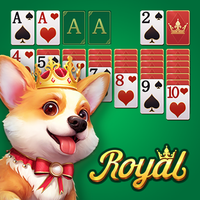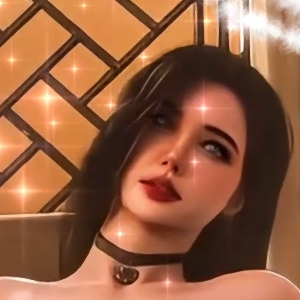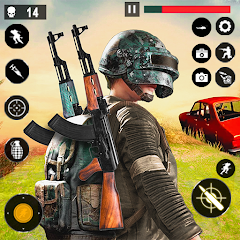In 2015, the French studio Don't Nod set a new standard for interactive dramas with their groundbreaking game, Life is Strange. This enthralling adventure captivated players with its focus on the beauty of everyday moments, the strength of unbreakable friendships, and the relentless march of time. Fans were drawn to its meticulous attention to detail and the ability to explore and influence the game world in meaningful ways. Although Don't Nod ventured into different genres with subsequent projects, none quite recaptured the magic that Life is Strange had ignited in the hearts of its audience.
Now, years later, Don't Nod returns to their storytelling roots with Lost Records, a coming-of-age narrative that transcends mere interactive cinema. It's a heartfelt tribute to a bygone era and the joys of youth, enveloping players in a nostalgic atmosphere, introducing them to vivid characters, and presenting them with choices that carry weight and consequence.
Table of Contents
- Friends Reunite to Uncover Secrets from the Past After 27 Years
- Choices Still Impact Surroundings, Dialogues, and Relationships
- Bloom & Rage Creates Beautifully Imperfect Characters
- A Town Worth Dreaming About
- Slow-Paced Plot: The Defining Feature of the Story
Friends Reunite to Uncover Secrets from the Past After 27 Years
 Image: ensigame.com
Image: ensigame.com
At the core of Lost Records is the story of four women whose friendship was severed 27 years ago. Our protagonist, Swan Holloway, returns to her hometown of Velvet Bay for a reunion with her old friends. The arrival of a mysterious package from their past sets the stage for a journey back to a summer night's dream. The narrative unfolds across two timelines: 1995, a time of innocence and vibrant dreams, and 2022, where the heroines, now in their forties, confront their past in a bar, their awkward smiles betraying the unresolved tensions. The game cleverly uses a first-person camera perspective in the present to highlight these contrasts.
Most of the gameplay occurs in the past, allowing players to explore beautifully crafted environments, forge relationships, and capture moments with a vintage HVS camera. Video recording is central to the experience, reminiscent of Life is Strange's Max, as Swan records everything from graffiti to paranormal phenomena. These recordings can be edited into short films, categorized by themes, and while they don't directly impact the story, they add depth to the narrative.
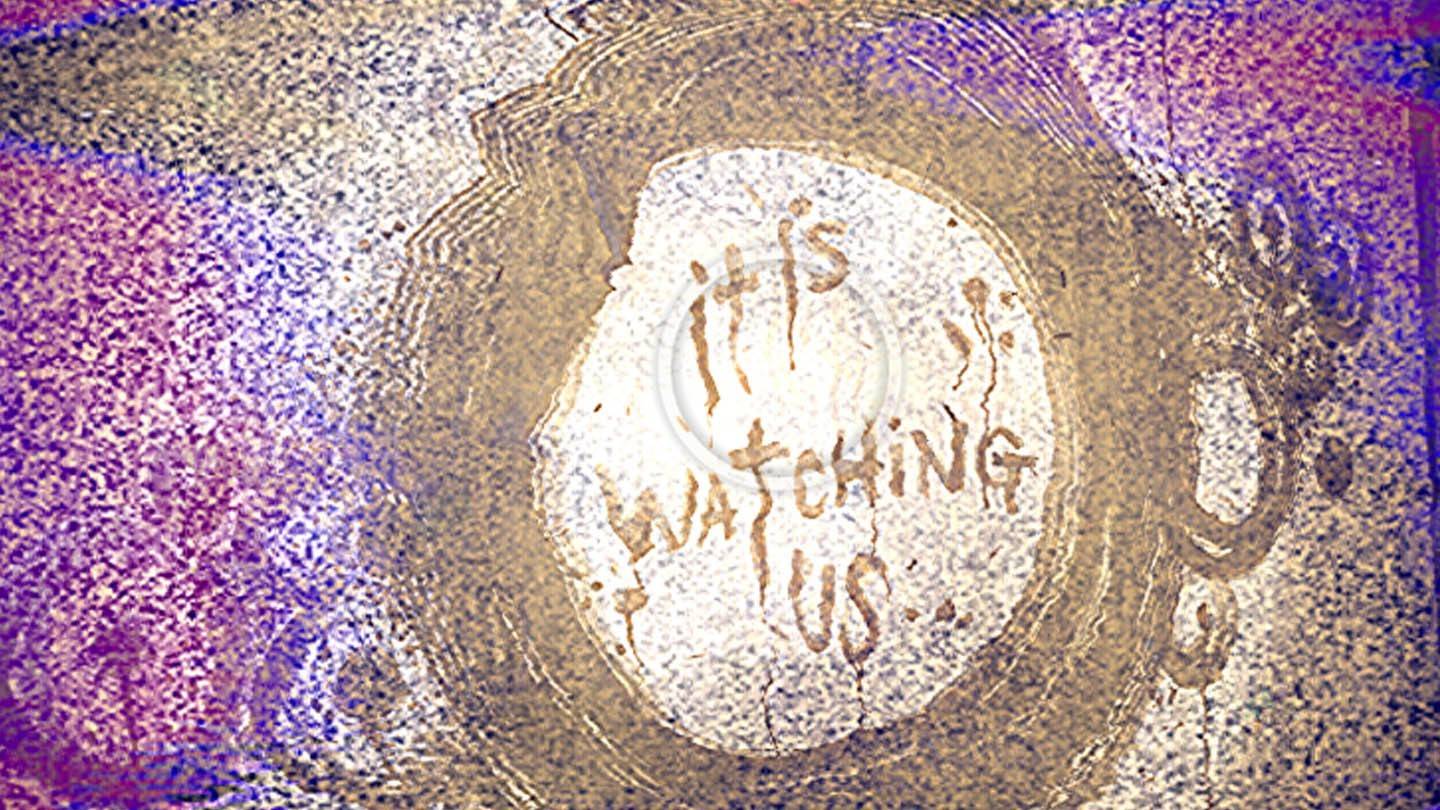 Image: ensigame.com
Image: ensigame.com
Choices Still Impact Surroundings, Dialogues, and Relationships
Lost Records excels in interactivity and meticulous attention to detail, hallmarks of Don't Nod's work. For example, when Swan expresses a desire for ice cream from a nearby truck, players can choose to fulfill her wish or continue with other tasks. Delaying can lead to missed opportunities and altered conversations, reflecting the dynamic nature of the game world. Dialogues occur in real-time, similar to Oxenfree and Telltale games, with characters interrupting each other and offering silence as a meaningful choice. Building relationships is a key aspect, allowing players to engage with characters at their own pace, reflecting Swan's shy nature while encouraging her growth.
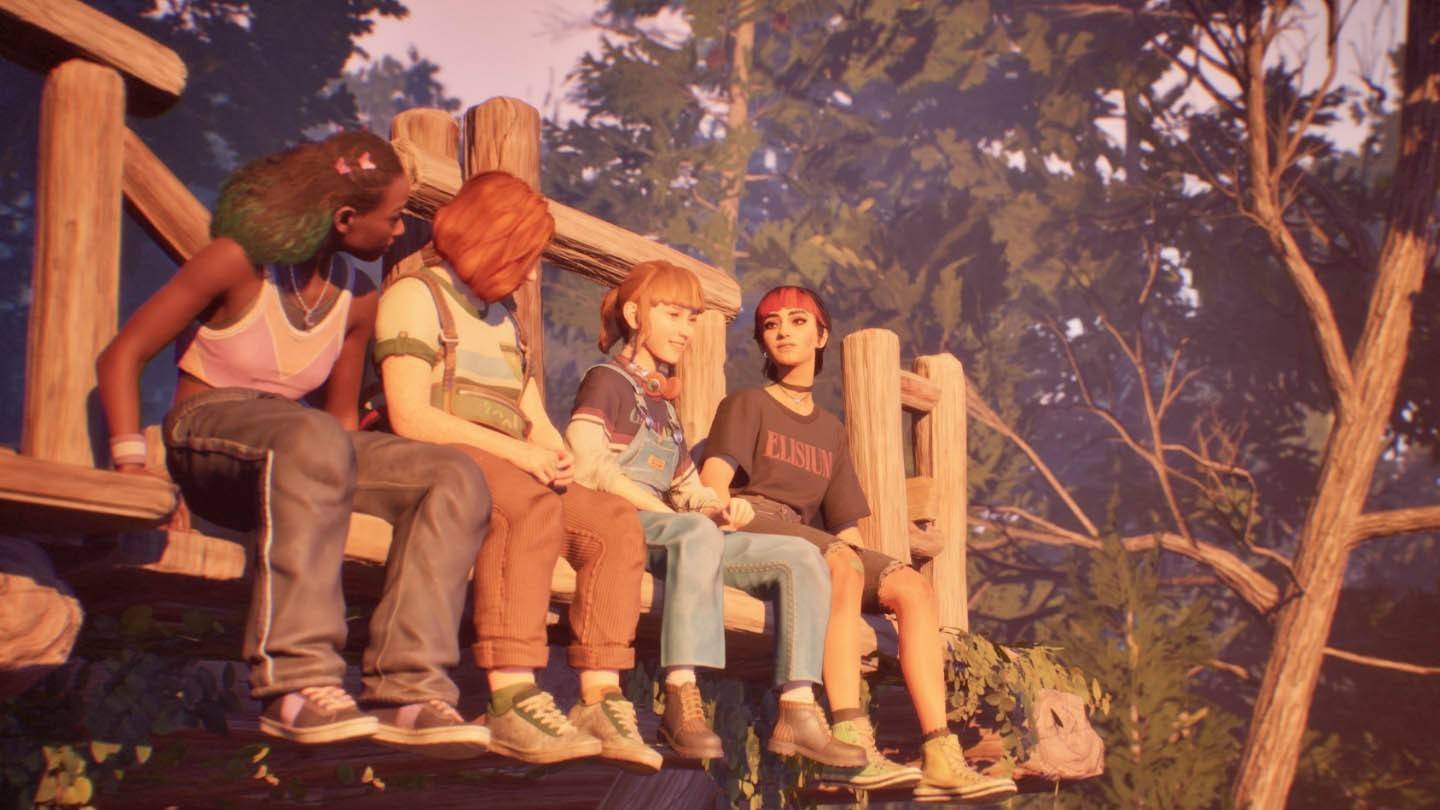 Image: ensigame.com
Image: ensigame.com
Bloom & Rage Creates Beautifully Imperfect Characters
 Image: ensigame.com
Image: ensigame.com
Don't Nod has a knack for crafting characters that feel authentic. The protagonists of Lost Records are no exception, embodying the youthful exuberance and sincerity that resonates with players. Swan, a relatable 16-year-old who grapples with self-doubt and hides behind her camera, echoes the spirit of Life is Strange's Max but stands on her own merits. Her friends—Ottem, Kate, and Nora—fit familiar archetypes yet break free from them. Nora, the punk girl with dreams of America, surprises with her cautious nature, while Kate, the passionate writer, encourages Swan to seize the moment. Ottem values thoughtfulness, creating a diverse and dynamic group that feels like a real teenage circle.
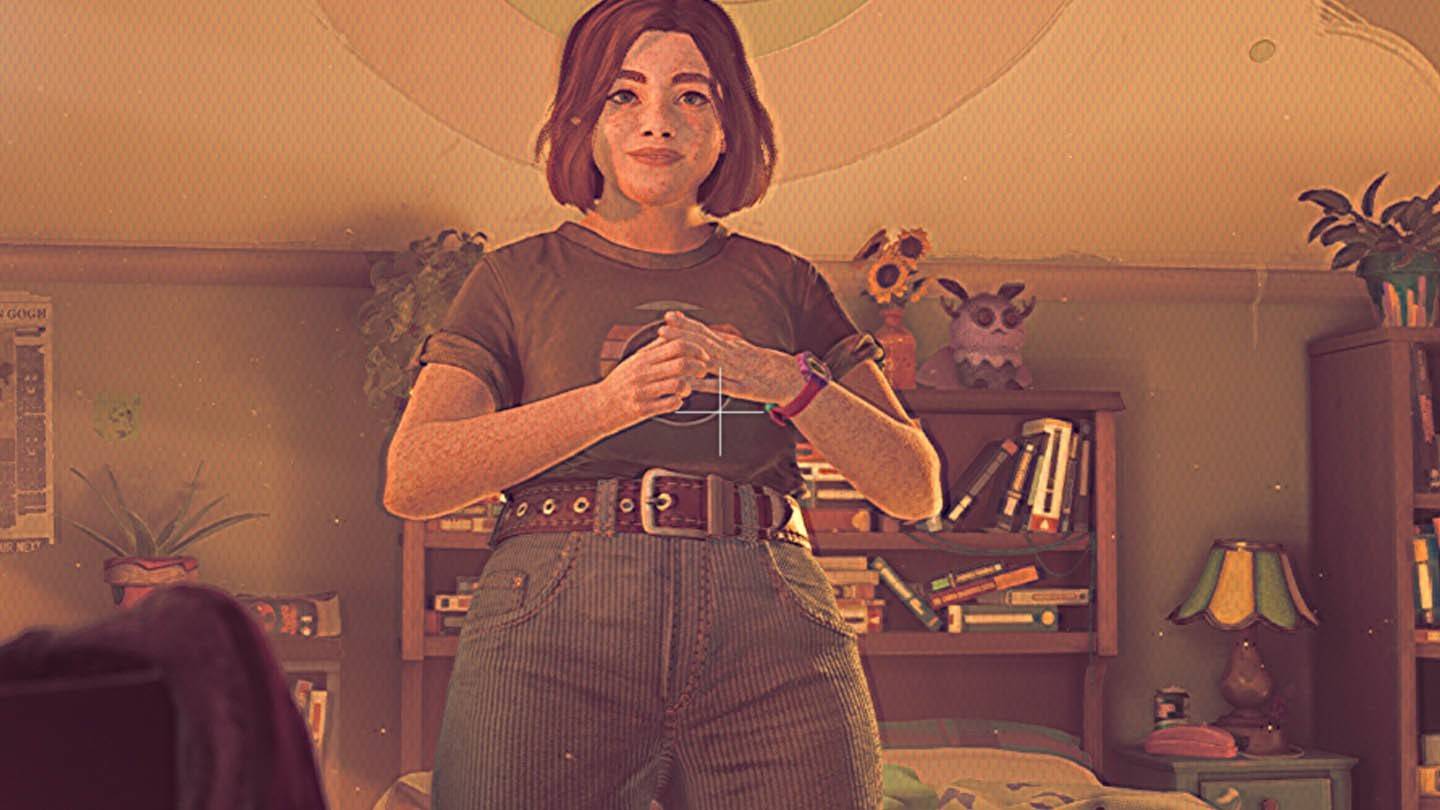 Image: ensigame.com
Image: ensigame.com
A Town Worth Dreaming About
Nostalgia is woven into the fabric of Lost Records. Swan's room, a treasure trove of '90s memorabilia, from bulky TVs to tamagotchis, evokes a sense of longing and appreciation. The game is rich with Easter eggs referencing pop culture icons like Sabrina, The X-Files, and Life is Strange itself, alongside nods to video games, books, and music. The plot setup even draws parallels to Stephen King's It, emphasizing the theme of revisiting the past.
 Image: ensigame.com
Image: ensigame.com
The soundtrack, featuring dream-pop and indie-rock, perfectly complements the nostalgic setting. Tracks like "See You in Hell" and "The Wild Unknown" enhance the emotional depth of the game, making Velvet Bay a charming yet mysterious town that invites exploration.
Slow-Paced Plot: The Defining Feature of the Story
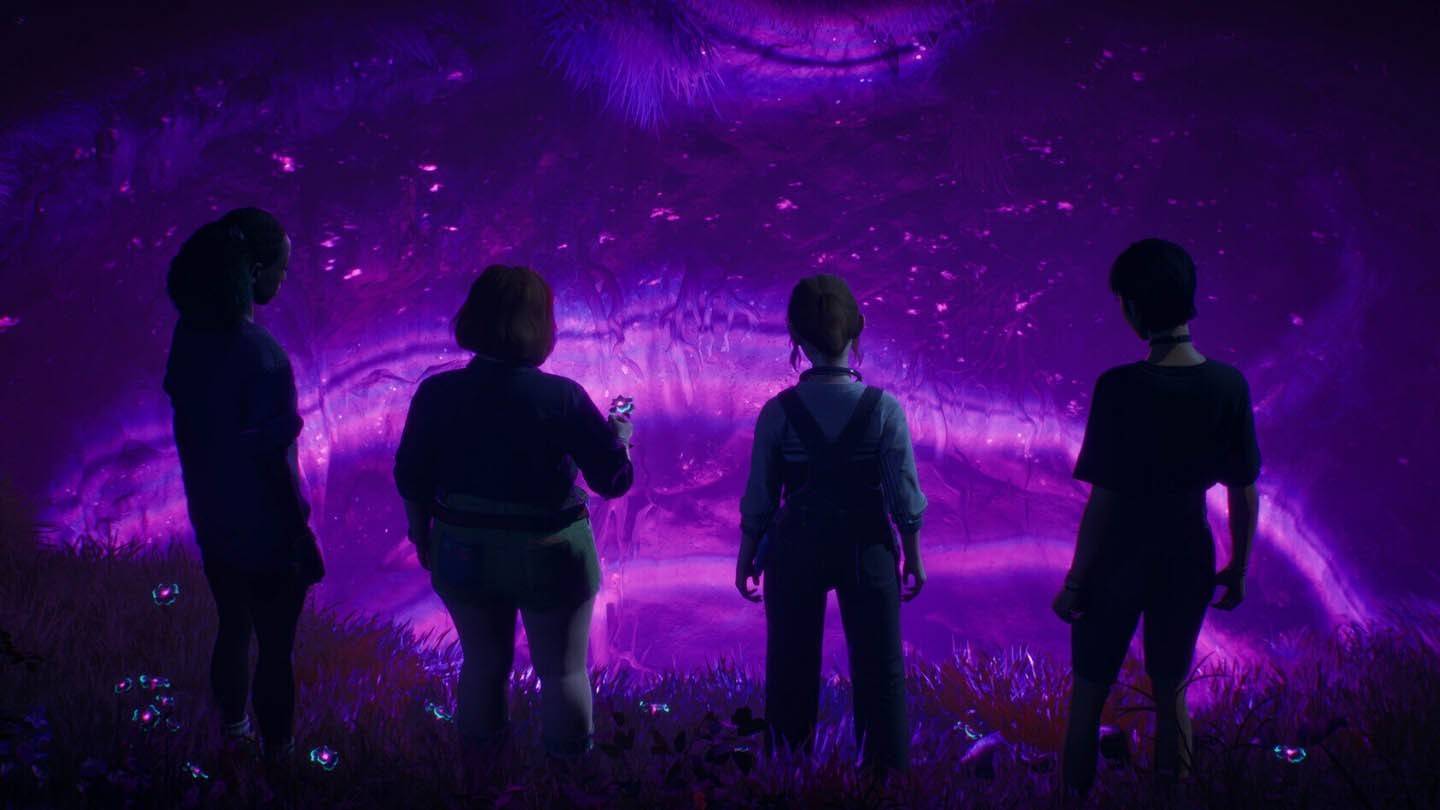 Image: ensigame.com
Image: ensigame.com
Lost Records takes its time with the narrative, focusing first on character development and the '90s atmosphere before delving into the mystery at its core. This slow pace might not suit everyone, but it pays off in the second half of the first episode, where tension builds and the story takes a gripping turn. The episode concludes with a cliffhanger, setting the stage for more excitement in the next installment. This approach keeps players engaged and theorizing about the story's direction.
Lost Records: Bloom & Rage transports players to the '90s, even if they never lived through them. It's a game that knows its audience and delivers a rich, immersive experience. With relatable characters, engaging interactions, and a promising narrative, it has all the ingredients for success in its genre. The true impact of Lost Records will be revealed with the release of the second part on April 15th, and fans eagerly await the continuation of this captivating story.

